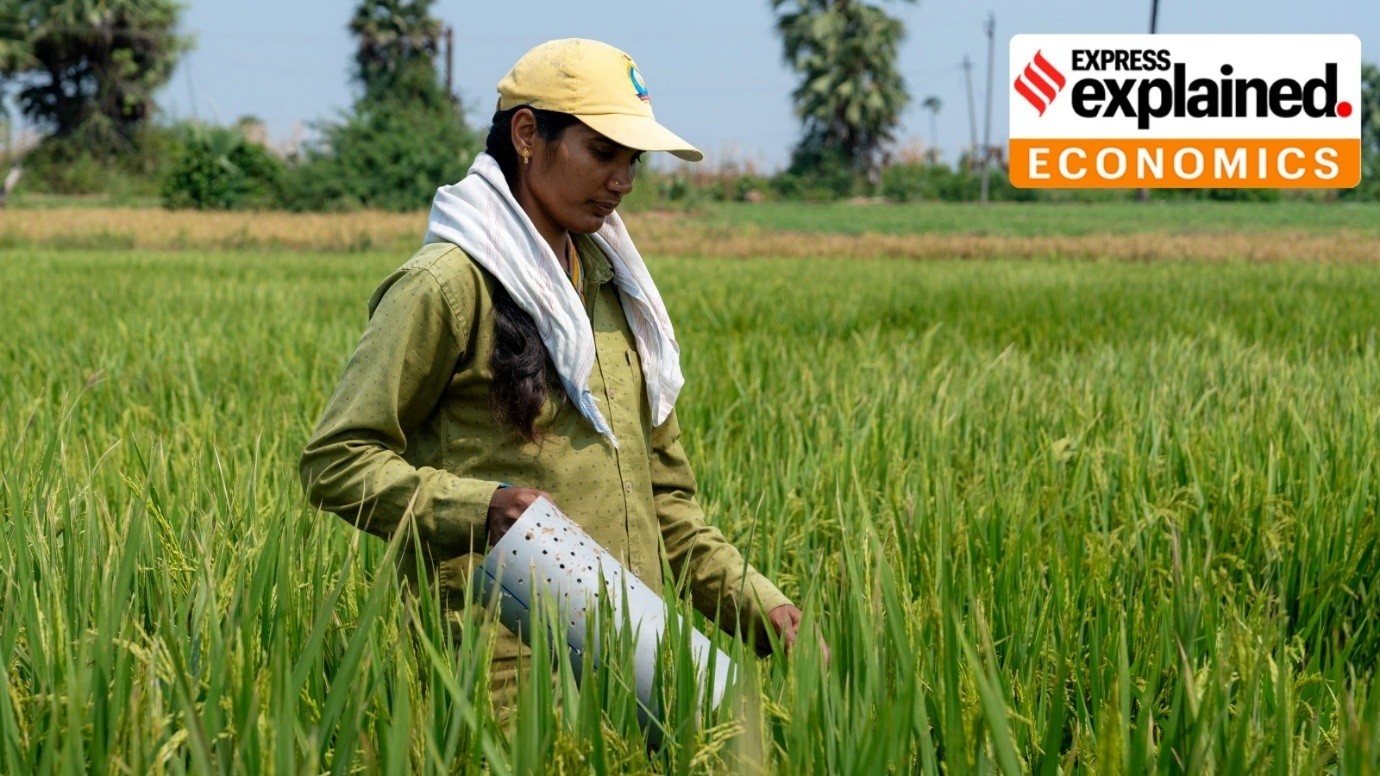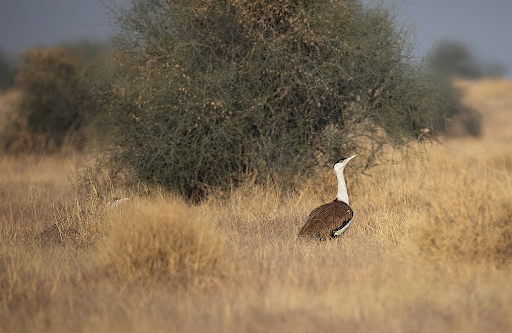




Source: HINDU
Disclaimer: Copyright infringement not intended.
Across the world conservation laws have often marginalized Indigenous Peoples and Local Communities (IPLCs) sidelining their role in environmental stewardship.
In contrast India’s Forest Rights Act, 2006 stands apart by recognizing the historical injustices faced by forest dwellers and integrating their rights with conservation objectives.
This marks a shift from exclusionary conservation models to inclusive, rights based conservation.
Fortress Conservation Model
Rooted in colonial ideologies the fortress model seeks to protect pristine nature by creating exclusive protected areas often leading to:
Displacement of IPLCs (10–20 million globally)
Criminalization of traditional livelihood practices
Centralized control by state/market actors
Examples of Impacted Communities
Masai and Ogiek (Kenya), Batwa (Uganda), Ashaninka (Peru) and Adivasis (India) — all have faced dispossession despite having lived sustainably in biodiverse landscapes.
Pre-FRA Legal Landscape
|
Law/Policy |
Objective |
Criticism |
|
Wildlife Protection Act, 1972 |
Creation of protected areas |
Displacement of communities, criminalization |
|
Project Tiger, 1973 |
Tiger conservation |
Over 6 lakh people displaced |
|
Joint Forest Management (JFM) |
Community involvement |
Limited rights, largely symbolic participation |
Shift with Biological Diversity Act 2002
Enacted to implement Convention on Biological Diversity commitments.
Institutional framework:
National Biodiversity Authority
State Biodiversity Boards
Biodiversity Management Committees
However BDA tends to monetize nature without strong protection of IPLC rights.
Core Features
|
Aspect |
Details |
|
Recognition of Rights |
13 categories of rights including individual, community, habitat and traditional knowledge |
|
Democratic Governance |
Vesting authority in Gram Sabhas |
|
Tenure Security |
Legal title to forest dwellers |
|
Sustainable Management |
Emphasizes co-management and regeneration of forest ecosystems |
Rights Relevant to Conservation
Right to protect, regenerate, conserve or manage community forest resources
Right to access biodiversity and traditional knowledge
FRA vs Fortress Conservation
|
Criteria |
FRA |
Fortress Model |
|
Approach |
Inclusive, community-based |
Exclusive, top-down |
|
Legal Status of IPLCs |
Recognized and empowered |
Criminalized or ignored |
|
Governance |
Decentralized (Gram Sabha) |
Centralized (State) |
|
Focus |
Rights-based conservation |
Land alienation for conservation |
Alignment with CBD and UNDRIP
India ratified CBD 1992 and voted for UN Declaration on the Rights of Indigenous Peoples 2007.
Though India avoids using the term indigenous it constitutionally recognizes Scheduled Tribes.
FRA reflects Article 8(j) of CBD on respecting traditional knowledge.
Kunming-Montreal Global Biodiversity Framework (2022)
23 targets adopted by CBD COP-15
Emphasis on:
IPLC participation
Rights over knowledge and practices
30% land and marine protection by 2030 (30x30 target)
Concerns with 30x30
Risks reproducing exclusionary models if rights are not central.
India’s National Biodiversity Strategy and Action Plan emphasizes FRA principles but implementation still State-led.
What are OECMs?
Other Effective area-based Conservation Measures
Areas not protected by law but managed to achieve conservation
Involve government, private actors and IPLCs
Implementation in India
|
Opportunities |
Challenges |
|
Involves communities |
Risk of green grabbing if not rights-based |
|
Goes beyond PAs |
May bypass FRA if rights are not settled first |
|
Values socio-cultural dimensions |
Vulnerable to exploitation without legal checks |
Indian Constitution
Fifth and Sixth Schedules: Autonomy to Scheduled Areas
Article 244/244A: Governance of tribal areas
PESA Act, 1996: Gram sabha empowerment in Scheduled Areas
FRA’s Unique Global Position
Recognizes historical injustice
Envisions tenure-security-driven conservation
Empowers over 104 million Adivasis (2011 Census) – the largest IPLC group in the world
Draft Biodiversity Rules, 2024
Ministry of Tribal Affairs’ position:
FRA-led Gram Sabhas should manage biodiversity
No Biodiversity Heritage Site without prior consent and FRA rights settlement
COP-16 Outcomes
Creation of a Permanent Subsidiary Body for IPLCs
Strengthens Article 8(j) implementation
Strengthen FRA Implementation
Expedite recognition of Community Forest Resource rights
Integrate Gram Sabhas into all biodiversity governance structures
Align BDA and CBD Obligations with FRA
Legal coherence among environmental laws
Ensure consent and participation of forest communities in OECMs and Biodiversity Heritage Sites
Reform Institutional Frameworks
Make BMCs functional and accountable to Gram Sabhas
Capacity building and legal aid for IPLCs
Rethink “Protected Areas”
Move from a land-centric to rights-centric conservation approach
Adopt landscape-level conservation models integrating human and ecological needs
Sources:
|
PRACTICE QUESTION Q. India’s Forest Rights Act (FRA), 2006, stands apart from exclusionary conservation laws globally. In light of this statement, examine how the FRA balances the rights of forest-dwelling communities with the goals of biodiversity conservation. (250 words) |






© 2026 iasgyan. All right reserved